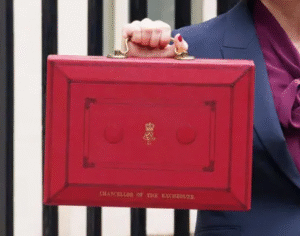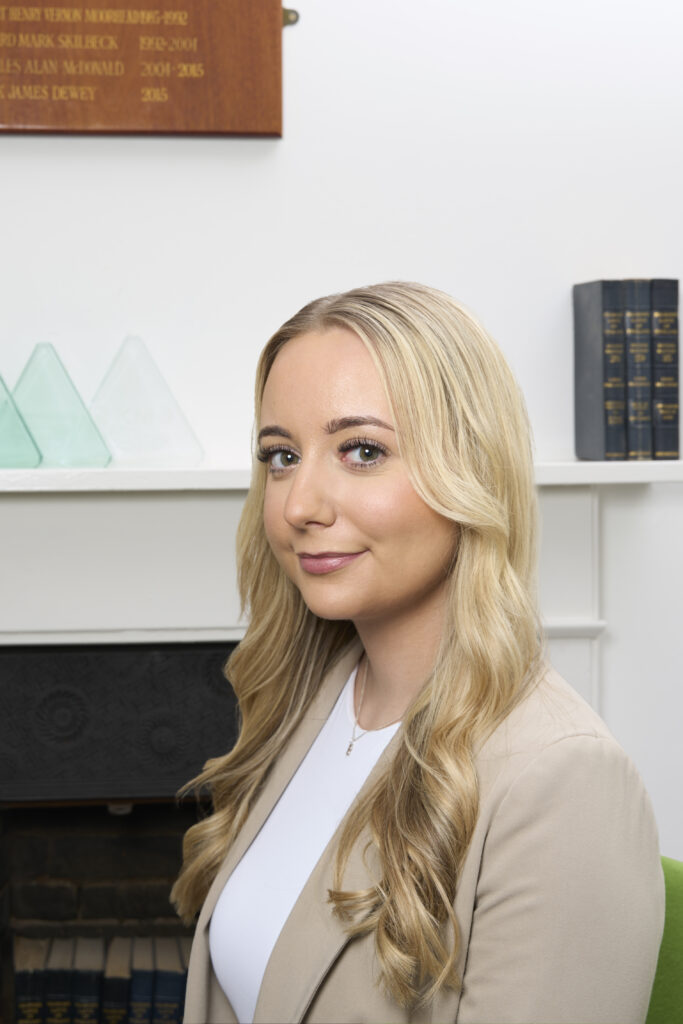The Act provides that those developers who built defective buildings take responsibility for remedying historical safety defects. The Government have made it clear that the financial implication of this must be met by the developer, even where they no longer own the building. This means leaseholders would be protected in law from bills for historical safety defects.
A leaseholder must qualify under the Act in order to be protected. There are three key terms: –
- Qualifying Leaseholder & Lease
A lease must meet the following:-
- The leaseholder pays the service charge
- It is a long lease of more than 21 years of a single dwelling
- The lease was granted before 14 February 2022, and on that date the flat was the leaseholders only or main home or the leaseholder did not own more than 3 dwelling in the UK.
- Relevant Building
The following criteria must be met: –
- At least 11 metres in height or has at least 5 storeys
- Contains at least 2 dwellings
- Is not collectively enfranchised.
- Relevant Defects
Qualifying leaseholders are protected from all cladding system remediation costs. A defect must meet the following: –
- If it puts other’s safety at risk from the spread of fire or structural collapse
- If it has arisen from work done to the building during construction or later refurbishment or remediation works
- It has been created within the period from 28June 1992 to 27 June 2022
- It relates to the at least one of the following: –
- Initial construction of the building,
- Conversion of a non-residential building to residential or
- Any other works undertaken by the building owner.
Leaseholder Certificate
Leaseholders protected by the Act and looking to sell their flats will require a “Leaseholder Certificate”. This document establishes that the leaseholder meets the above criteria and is therefore protected under the Act.
The Leaseholder Certificate will include: –
- Confirmation that the flat was owned occupied on 14 February 2022
- If the flat was not owner occupied, whether the leaseholder owned more than two other properties in the UK
- The price at which the flat was last sold before 14 February 2022
- If it is a shared ownership lease and, if so, the total share owned by the leaseholder on 14 February 2022.
The leaseholder will also be required to provide documentary evidence to support the above. The Certificate will be quite a complex document.
The Leaseholder Certificate will be a permanent record to show how the flat was owned or occupied on 14 February 2022. This is going to become a critical date. The more time that passes, the harder it is going to be to know the status of a particular flat on 14 February 2022, especially if there have been several transactions.
Leaseholders will be required to make enquiries of former owners of the flat to establish the above information to confirm the qualifying status of the flat on 14 February 2022.
Landlord Certificate
The Landlord will also be required to provide a “Landlord Certificate” which evidences whether the lease is a qualifying lease. It will contain information required to calculate how much the landlord is entitled to charge for building safety works.
The landlord must provide the Landlord Certificate to the leaseholder in any of the following circumstances: –
- When the landlord wants to pass on any remediation costs through the service charge
- Within 4 weeks from receiving notification from a leaseholder than they intend to sell their flat
- Within 4 weeks of the landlord becoming aware of a relevant defect not covered by a previous Landlord Certificate
- Within 4 weeks of a leaseholder requesting the Landlord Certificate.
Like the Leaseholder Certificate, the Landlord Certificate will also be a complex document. It should include the following information: –
- Name and address of the relevant landlord at 14 February 2022 together with details of the current landlord and any superior landlord
- The net worth of the landlord on 14 February 2022
- Whether the landlord is responsible for the relevant defect
- Details of any works taken to remedy relevant defects together with amounts paid for that work.
What does this mean for property transactions?
Buyers and their mortgage lenders will require the Leaseholder Certificate and the Landlord Certificate. There could potentially be delays in obtaining these certificates. Therefore, it is important for leaseholders to think ahead and consider obtaining these certificates before putting their flat on the market to minimise delays. As mentioned above, this could take time if enquiries have to be made with third parties to find out historic information about previous owner occupiers of a flat.
Buyer’s solicitors should make enquiries about the existence of a Leaseholder Certificate before contracts are exchanged.
There could be delays within a chain where a flat is involved covered by the Act. Mortgage lenders will need to consider the certificates and may even require further information before they will agree to proceed.
Seeing as both the Leaseholder and Landlord Certificates will become permanent records, the point has been raised with Land Registry that these should become filed document so there is a central record. However, this is still being considered.
Some guidance has been produced by the Government for leaseholders which may be useful:-https://www.gov.uk/guidance/building-safety-leaseholderprotections-guidance-for-leaseholders







